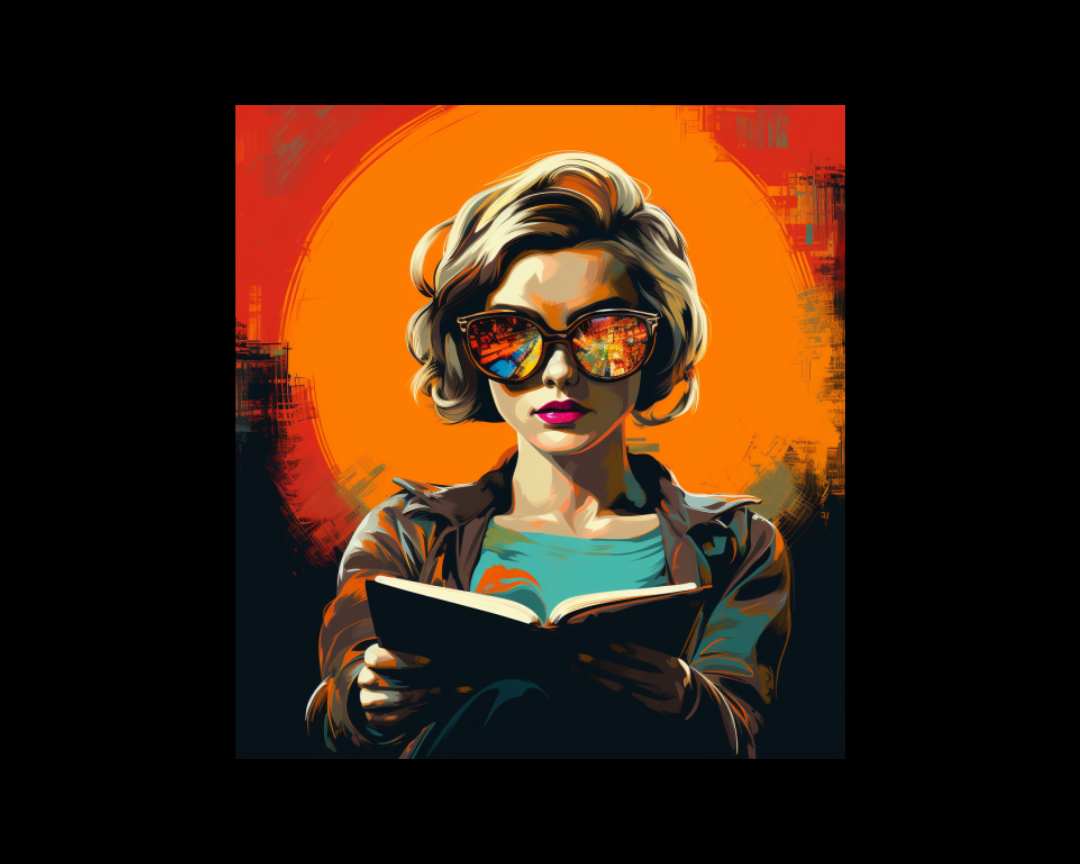Navigating the Wilderness of Writer's Block: Tips and Techniques
Time passes slowly as you find yourself staring at a blank screen. It takes everything within to not bang your head against the keyboard and scream....
3 min read
 Writing Team
:
Jun 9, 2025 3:12:23 PM
Writing Team
:
Jun 9, 2025 3:12:23 PM
-Jun-09-2025-07-10-01-4032-PM.png)
Here's a confession that might surprise you: every story you've ever loved contains tropes. Yes, even the ones you consider groundbreakingly original. Pride and Prejudice? Enemies-to-lovers. The Lord of the Rings? The chosen one's quest. Gone Girl? The unreliable narrator with a dark secret.
Tropes aren't the enemy of creativity—they're the DNA of storytelling. These recurring patterns, characters, and plot devices form the foundation that readers recognize and crave. The challenge isn't avoiding them; it's using them with intention and innovation.
A trope differs fundamentally from a cliché, though they're often confused. While clichés represent overused patterns that have lost their power, tropes remain effective storytelling tools when handled skillfully. The "grizzled detective" trope can feel fresh in Louise Penny's Inspector Gamache series because she adds psychological depth and emotional vulnerability to the familiar archetype.
Tropes also spring from universal archetypes—the hero, the mentor, the shadow—that exist across all cultures and time periods. These archetypal patterns tap into fundamental human experiences, which explains their enduring appeal. When Suzanne Collins created Katniss Everdeen, she wasn't avoiding the "reluctant hero" trope; she was exploring how that archetype might manifest in a teenage girl facing impossible choices.
Each genre comes with reader expectations built around familiar tropes. Fantasy readers anticipate quests, chosen ones, and hidden worlds. Romance readers seek meet-cutes, love triangles, and happily-ever-afters. Horror fans expect cursed objects, creepy houses, and the final girl who survives until dawn.
These expectations aren't limitations—they're opportunities. Consider how The Princess Bride embraces every adventure trope imaginable while simultaneously commenting on them. The story works because William Goldman understood that readers wanted both the comfort of familiar patterns and the surprise of fresh perspective.
In contemporary fantasy, authors like N.K. Jemisin use the "chosen one" trope in The Fifth Season but complicate it by making the protagonist's power destructive and feared rather than celebrated. The familiar framework allows readers to quickly understand the stakes while the fresh approach keeps them engaged.
Effective trope usage often involves strategic subversion—meeting reader expectations initially, then twisting them in unexpected directions. Gone Girl appears to follow the "missing wife" mystery trope until Gillian Flynn reveals Amy's true nature, completely inverting our assumptions about victim and perpetrator.
This subversion works because Flynn first establishes the familiar pattern. Readers feel comfortable with what they think they know, making the revelation more shocking and satisfying. The key lies in understanding what readers expect from a trope before deciding how to surprise them.
Subversion can also involve casting traditionally marginalized characters in familiar roles. When Nnedi Okorafor writes about African protagonists in fantasy settings, she's not rejecting genre tropes but expanding who gets to inhabit them. Her Binti series uses the "fish out of water" and "chosen one" tropes while centering Himba culture and perspectives typically absent from science fiction.
The most successful trope usage focuses on character rather than plot mechanics. Any story can feature a love triangle, but what makes readers care is how specific, well-developed characters navigate that situation. Stephenie Meyer's Twilight series succeeds not because the vampire-human romance trope was original, but because Bella's particular struggles and desires resonated with readers.
Character development transforms familiar situations into fresh experiences. The "mentor" trope becomes compelling when we understand the mentor's personal stakes. Why does Dumbledore guide Harry Potter? What does he risk by withholding information? These character-specific questions make archetypal patterns feel immediate and relevant.
Consider how Rainbow Rowell handles the "fake relationship" trope in Eleanor & Park. The familiar setup—two teenagers pretending to be something they're not—becomes powerful because Eleanor's specific circumstances make every interaction meaningful. Her fear isn't just about teenage embarrassment; it's about survival.
When incorporating tropes into your fiction, start by identifying which patterns serve your story's emotional core. Don't choose tropes because they're popular; choose them because they help you explore themes that matter to you.
Next, examine what readers expect from your chosen tropes. If you're using "enemies to lovers," readers anticipate sexual tension, misunderstandings, and eventual reconciliation. You can fulfill these expectations while adding personal touches—maybe your enemies are rival food critics, or competing grief counselors, or former business partners with a complicated history.
Finally, consider where you might surprise readers within the familiar framework. Perhaps your "grizzled detective" is actually a former kindergarten teacher who applies child psychology to solving crimes. The core trope remains recognizable while the specific implementation feels fresh.
Modern fiction increasingly blends genre tropes in innovative ways. The Time Traveler's Wife combines science fiction's time travel trope with literary fiction's focus on relationship dynamics. Mexican Gothic merges gothic horror's cursed house with postcolonial themes and feminist perspective.
This blending works because strong tropes can support additional weight. The "haunted house" provides familiar structure while allowing authors to explore contemporary concerns about colonialism, racism, or environmental destruction. Readers get both the visceral thrill they expect and the intellectual engagement they crave.
Literary tropes aren't shortcuts to be avoided—they're tools to be mastered. By understanding reader expectations, developing compelling characters, and strategically subverting familiar patterns, you can create stories that feel both comfortably recognizable and refreshingly original.
The best fiction doesn't reject tropes; it uses them as launching pads for deeper exploration of human experience. Your unique voice and perspective will naturally transform familiar patterns into something distinctly yours.
Ready to craft stories that honor genre traditions while breaking new ground? Our experienced writers at Hire a Writer understand how to balance familiar tropes with fresh innovation. From character development to plot structure, we help authors create compelling fiction that resonates with readers while establishing your distinctive voice in the literary marketplace.
%20(1).png)
Time passes slowly as you find yourself staring at a blank screen. It takes everything within to not bang your head against the keyboard and scream....
-3.png)
Dramatic irony is a literary device where the audience knows more about a situation than the characters in the story do. It creates tension, humor,...

So, you've crafted your story, but it feels like something is amiss. The pacing in the middle might be off, or perhaps the climax isn't as impactful...